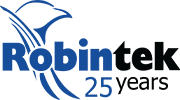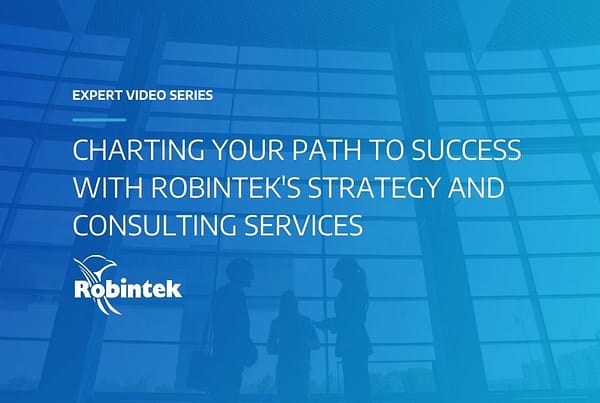
Written by Joe Jorgenson, President – Part 1 here, Part 2 here
20 Tips on How to Provide Excellent Customer Service
- Know your product or service and don’t be afraid to say I don’t know, but I’ll find out when tough questions come up.
- Empathize with the customer, see things from their perspective and then address the problem as they understand it.
- Train your employees to understand that customer satisfaction is the most important metric they’ll be graded on. Give case studies and provide positive affirmations when they do well.
- Empower your representatives to make decisions on behalf of the company. Every employee is a brand ambassador.
- Listen to feedback and take it seriously. There will always be unfair, or even untrue, bits of feedback. Try to understand what happened that led the customer to see things that way, then make improvements.
- Don’t over-promise. Setting expectations up front is often the difference between the client feeling as if they’ve had a good experience or a bad one. Highlight pros and cons of every path. An informed client will accept the negative aspects of a product or service more easily if they were told ahead of time and chose to move forward anyway.
- Be an Active Listener. Always let the client lead the conversation. Taking a submissive posture during initial interactions makes the customer feel more comfortable and allows you time to get a read on them. From there you can adjust your approach based on the client.
- Learn everything you can regarding body language, micro-expressions and how to read a person. Adjust your approach to fit each client.
- Mimic the customers speaking tone, tempo and even how they hold themselves. People are more likely to feel a connection with someone who is like themselves. (The retired elementary school teacher starting a tutoring business would flat-out run away from the sales person that I am when I talk to the hunting enthusiast who cusses a lot and puts his boots up on the desk.)
- Use plain language. It’s easy to get caught up in industry jargon. You may be more accurate in your description but the customer’s ignorance of those terms could make them feel like they’re being talked down to.
- Summarize conversations at the end of the call/meeting or in a follow up email. Always thank them for taking the time and express enthusiasm.
- Always end meetings with a positive affirmation. I find that We’ll do a great job for you. Is a good one. It answers their single most pressing question and shows enthusiasm to serve.
- Emphasize the long term. A customer or project might only represent a small financial gain today, but a customer who feels prized will remain loyal and could become an advocate.
- Common courtesy goes a long way. Offer a drink, ask about their day, engage on a personal level when appropriate. Say please and thank you!
- Remember Everything! Keep a personal CRM where you track things like kid’s names, spouses name, favorite kind of candy/treat, anniversaries, etc. Anything that they share with you is an opportunity to endear yourself later by showing that you remembered it, especially when the item is seemingly unimportant.
- Organized, but personal, appreciation efforts pay off in the long run. Thank you cards after a project’s close and hand signed Christmas cards are good examples.
- Admit mistakes when they happen, and then make it right no matter the cost to the business.
- Do your research ahead of meetings. It’s easy to find someone on LinkedIn, Facebook or by doing a quick Google search. While referencing an odd fact from their past or knowing children’s name at the top of the first meeting could come across as creepy, finding common ground and then allowing it to come up during the conversation can have great outcomes.
- Respond quickly. Attention spans are short and the list of qualified service providers is long. Be there when your client needs you.
- Frame your conversations, especially bad news ones, in a positive way. I can’t get that done until the beginning of next month. Should be We’ll get that done at the beginning of next month. Here are some things we can do now to prepare and make the task go faster!







